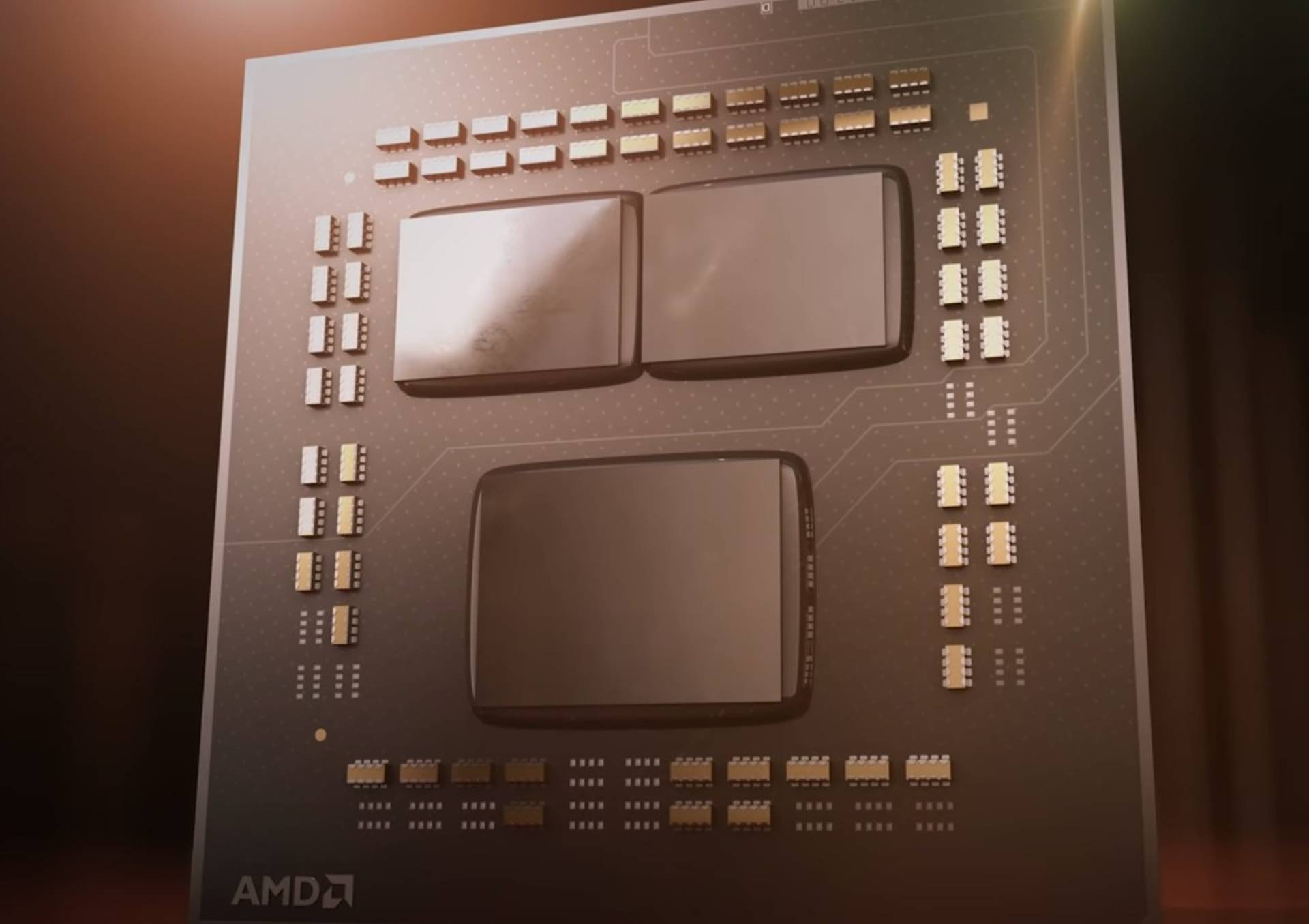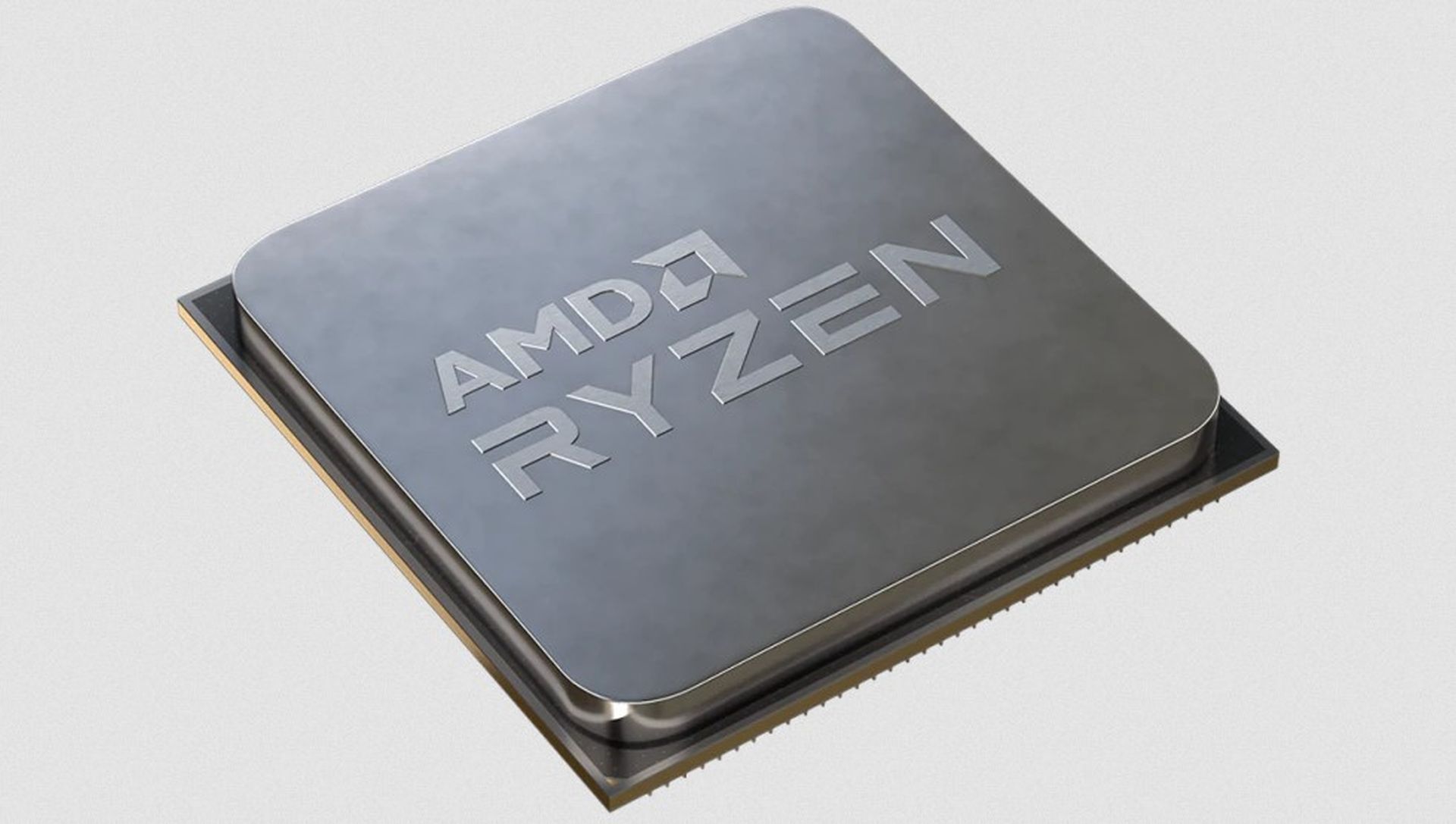Sony has been working with AMD for fairly a while on enhancing numerous gaming-related applied sciences from each firms. Some of the important outcomes of this partnership centered across the enhancements coming to PlayStation Spectral Tremendous Decision (PSSR) over the following month. In the meantime, AMD was capable of receive a considerable amount of coaching knowledge from Sony to enhance its FSR expertise. Finally, these accomplishments, dubbed Mission Amethyst, would have an excellent larger affect on Sony’s next-generation PlayStation consoles.
This partnership comes as no shock to anybody who has adopted expertise and the way it has advanced over the previous few years, greater than a decade. Sony and AMD first started working collectively on the PS4 when it launched in 2013, and since then the 2 firms have additionally labored carefully on future applied sciences, together with the present technology PS5 and PS5 Professional.
Whereas these particulars have been recognized for a while, the businesses have now revealed additional particulars in regards to the sorts of tasks they’re engaged on collectively. In a latest video, Mark Cerny, lead architect of PS5 and PS5 Professional, together with Jack Huynh, SVP and GM of AMD’s Compute and Graphics Group, revealed three core new applied sciences co-designed by the 2 firms. These applied sciences are what Sony will use in future consoles, and AMD needs to convey to all gaming platforms: Neural Array, Radiant Rating, and Common Compression. These three applied sciences should be years away, however they’ll finally play an enormous position in shaping the way forward for gaming {hardware}. Moreover, some software program enhancements might trickle all the way down to present technology merchandise.
The necessary factor to bear in mind about these model new applied sciences is the truth that they’re removed from able to be proven to the world, a lot much less launched in {hardware}. Each Sony and AMD have designed these applied sciences utilizing advanced simulations that enable efficiency and general analysis with out going all-in on designing the suitable {hardware}. However the outcomes of those simulations are clearly very promising, as firms have a tendency to not brag about new ideas they develop that by no means see the sunshine of day.
Neural Array – A wiser, extra scalable AI engine
The primary of the massive three applied sciences is the idea of neural arrays, which basically brings a couple of basic change in the way in which the GPU’s computational unit performs neural networks and AI-related duties. Historically, GPUs are made up of a number of small computational models. Which means the info that must be processed must be divided right into a set of smaller issues that every computational unit can deal with. Neural arrays had been developed to vary this technique. In idea, a number of computing models will be capable of work collectively on bigger knowledge units and issues, somewhat than every working by itself issues individually.
Though this will sound like principally technical jargon, it is price noting that picture upscaling instruments like FSR and PSSR are each based mostly on machine studying and AI. Neural arrays inherently allow extra highly effective iterations of those picture upscaling applied sciences, and different features comparable to body technology can considerably enhance efficiency and even picture high quality. Sony and AMD have already began utilizing neural array simulations to enhance their upscaling and denoising expertise. As a facet impact, neural arrays additionally assist cut back the processing energy that GPUs sometimes need to dedicate to machine studying duties. Which means there might be extra general bandwidth out there to the GPU to work on duties like shader code and basic graphics rendering.

Whereas this will sound like an incredible factor for future consoles, the PS5 and PS5 Professional may find yourself getting some advantages as nicely, since Neural Array appears to revolve round software program optimization and the way improvement kits and recreation engines might help compile video games. In idea, if this expertise is able to hit the market whereas the PS5 and PS5 Professional are nonetheless correct consoles, Sony may push out a firmware replace that brings a few of these machine studying advantages to each programs, whereas additionally engaged on integrating machine studying and neural web expertise into the PS6.
Radiance Cores – devoted ray tracing {hardware}
In each consoles and gaming PCs utilizing AMD GPUs, ray tracing has historically been dealt with by the compute unit. Computing models are sometimes compelled to separate their workload between different duties and the extremely advanced mathematical operations sometimes concerned in real-time ray tracing lighting. To deal with this drawback, Sony and AMD have been engaged on specialised {hardware} that permits the GPU to dump the duty of performing these advanced mathematical operations and as a substitute deal with the precise job of rendering graphics.
This new {hardware}, referred to as Radiance Core, is particularly designed to deal with all facets of the arithmetic that real-time ray tracing sometimes requires in video games, together with path tracing and ray traversal, that are essentially the most computationally intensive facets that GPUs should deal with. This expertise is derived from Neural Radiance Caching, which AMD introduced earlier this 12 months.

Whereas this might not be revolutionary in itself, it is price noting that offloading different compute models inside the GPU will dramatically increase the bar for what sorts of visuals and recreation worlds are doable. Compute models now not need to spend a few of their precious processing cycles on ray tracing-related operations, permitting them to run extra advanced shaders whereas sustaining greater body charges. The Radiance Core may additionally ultimately enable the PS6 to achieve 4K whereas sustaining excessive body charges and that includes ray-traced lighting.
Radiance Core is a hardware-level innovation, so PS5 and PS5 Professional possible will not see any direct advantages, however seeing how ray tracing seems to be on next-gen {hardware} may finally profit some cross-generation video games because it permits builders to make use of the identical fashion of lighting and finally ship visible enhancements even by way of “baked” rasterization.
Common Compression – A brand new answer to reminiscence bandwidth
Whatever the platform you are utilizing, one of many greatest bottlenecks fashionable GPUs need to cope with tends to be reminiscence bandwidth. Principally, a GPU can solely course of as a lot knowledge as doable shortly if the info coming into it’s quick sufficient. Sony is leveraging a expertise referred to as Delta Coloration Compression (DCC) to handle this concern with the PS5 and PS5 Professional. This enables the computing unit to compress the info passing by way of the reminiscence bus in order that extra knowledge might be despatched. Nevertheless, as its identify suggests, DCC is restricted within the sorts of knowledge it could compress, primarily restricted to belongings comparable to texture knowledge. Trying forward, Sony and AMD are each engaged on a brand new expertise referred to as Common Compression.

Common Compression evaluates nearly each bit of knowledge despatched to reminiscence and might compress the info because it passes by way of the reminiscence bus. Which means extra knowledge might be introduced into each the CPU and GPU processing models, permitting the {hardware} to course of even bigger recordsdata. This expertise might not sound all that fancy, particularly when in comparison with one thing like Radiance Core, nevertheless it nonetheless types an necessary basis on which much more {hardware} might be designed.
The advantages of common compression are big, as consoles course of extra texture knowledge at a quicker tempo, making video games usually look higher and run smoother. You can too allow new options like gaming in 8K whereas sustaining respectable body charges. Combining this with picture upscaling applied sciences comparable to FSR and PSSR additional will increase computational energy and effectivity, permitting for additional enhancements to upscaled photographs and AI-generated frames. Because the most important part of Common Compression is more likely to be on the software program stage, these enhancements may additionally lengthen to PS5 and PS5 Professional, as soon as once more providing visible constancy past what the consoles are at the moment able to.
How can we cooperate?
Whereas all of those new applied sciences are more likely to be game-changing, particularly within the palms of skilled builders, applied sciences comparable to common compression and neural arrays work collectively to extend the efficiency of computing models many instances over, permitting them to course of bigger blocks of knowledge concurrently and switch extra knowledge throughout a constrained reminiscence bus. If you mix this mix with Radiance Core, you can too reap the benefits of superior ray tracing in-game with out sacrificing an excessive amount of body price or texture high quality.

In some ways, these new applied sciences might be seen as forming one thing of a basis for designing graphics {hardware} for the PS6, as they handle one in all Sony’s targets for gaming {hardware}. Neural Array and Common Compression can considerably enhance effectivity and efficiency, whereas Radiance Core handles the visible constancy side by offering extra immersive lighting by way of path tracing, all with out sacrificing an excessive amount of.
These applied sciences may even have a big effect on Sony’s future on the subject of {hardware} design. For instance, designing GPUs round these applied sciences means fewer computing cores should be devoted particularly to issues like machine studying, neural nets, and ray tracing. This ends in an general extra environment friendly console that does not require as a lot energy to run and on the similar time runs cooler, which additionally helps keep away from issues that may happen with thermal throttling, the place the CPU or GPU is compelled to decelerate when it will get too scorching underneath a processing load.
long run plan
It is price noting that not one of the three applied sciences are prepared for market but. Cerny and Huynh revealed that they’re at the moment within the simulation section of analysis and improvement to develop this sort of new expertise. However each say the simulation outcomes are already very promising. Which means whereas it is unlikely we’ll see efficiency and visible constancy enhancements on the console {hardware} that at the moment exists, it is fairly straightforward to wager that we’ll see these enhancements when the PS6 is ultimately introduced.

Nevertheless, because the expertise is developed and ultimately launched, a good portion of its advantages might spill over to older {hardware} and consoles as nicely. Granted, the PS5 and PS5 Professional aren’t able to operating video games at 8K by any stretch of the creativeness. Nevertheless, you’ll be able to anticipate rasterized lighting based mostly on the ray tracing mannequin created for PS6. Equally, machine studying enhancements to FSR and what PS6 finally makes use of will even be mirrored in PSSR, probably considerably rising visible constancy.
lastly
It is laborious to argue with the concept that we have reached a plateau on the subject of the visible constancy that may be achieved with uncooked horsepower alone. The final time we seen this was when the advance within the visible high quality of video games from PS4 to PS5 wasn’t as dramatic because it was a long time in the past with the transition from PS2 to PS3. Nevertheless, enhancements are nonetheless being made by utilizing the horsepower we have now in smarter methods, and these three new applied sciences exhibit Sony and AMD’s method to the identical idea.
